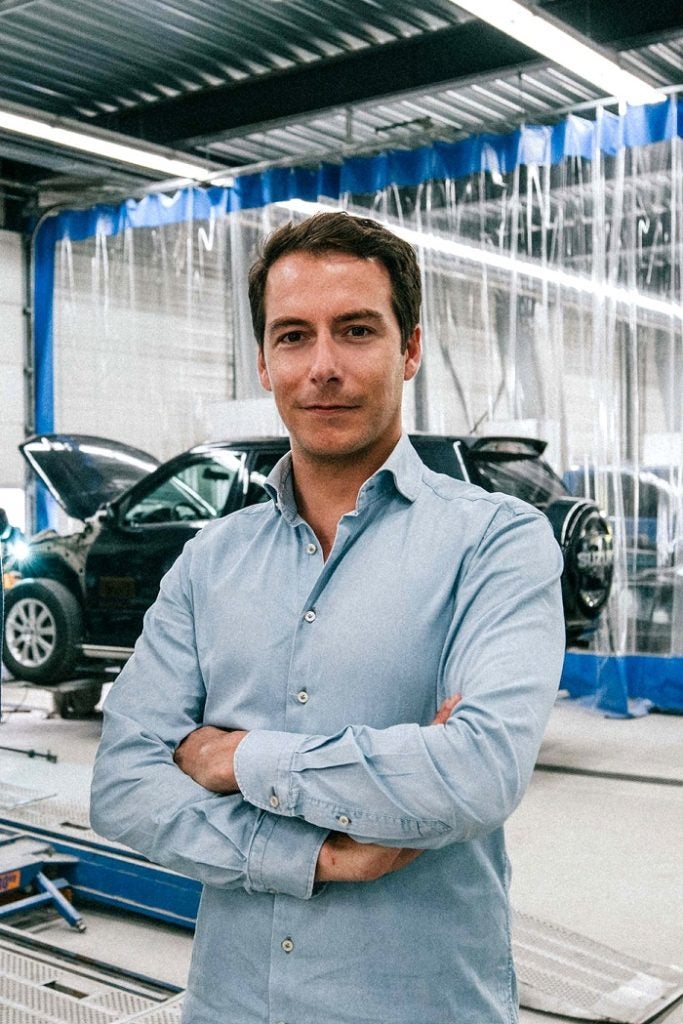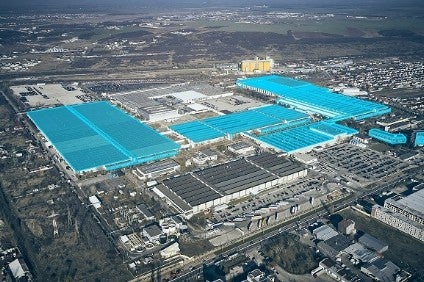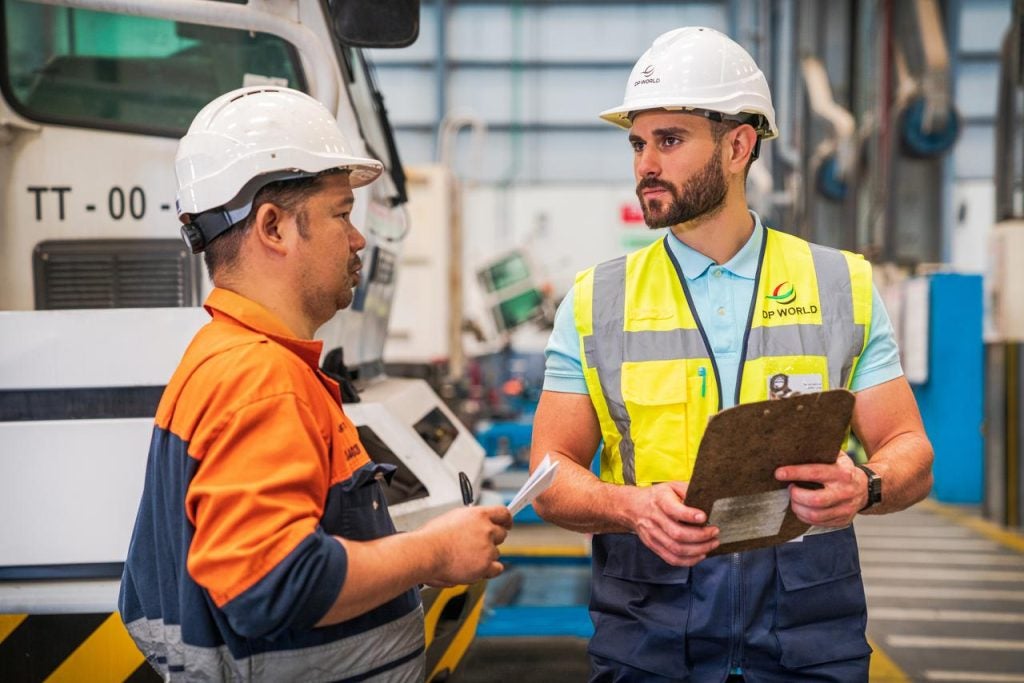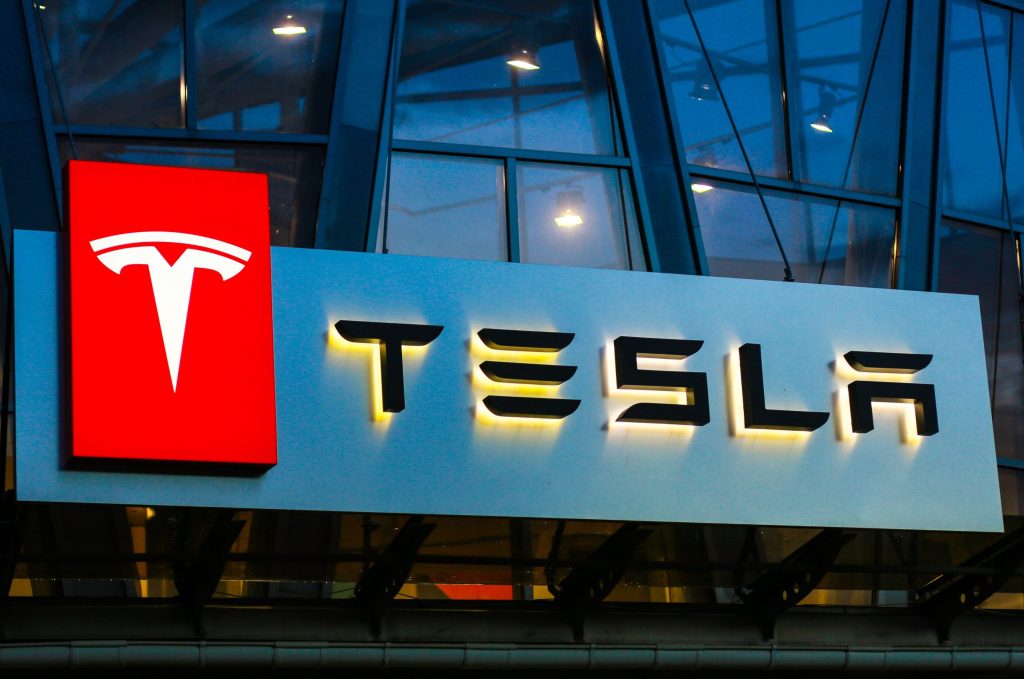
Finding the right body repair shop for a damaged vehicle can be a tiresome process, especially for EV owners who own cars with complex systems which require specialist fixing tools. Alongside this, many repair shops lack the training or equipment to correctly fix damaged EVs.
Fixico was launched as a marketplace for drivers to find the best body repair shops for their vehicles. The company enables businesses to make data-driven repair decisions, to fully optimise, control, and track their repairs.
We spoke to Derk Roodhuyzen de Vries, CEO and co-founder of Fixico to discuss the company’s history as well as to touch on the services the company provides to repair shops.

Just Auto (JA): Could you give us some background on the company?
Derk Roodhuyzen de Vries (DRdV): I founded the company together with my partner a couple of years back. It started from a personal situation, a personal frustration. I scratched my car, or even more embarrassing at the time, my mother’s car. I know first-hand how inconvenient the process of car repair or car damage repair can be.
For me, it was a moment to say okay, what do I need to do, what is the process? Do I need to go to the insurance or not, is it better to claim or not to claim? Then you need to look for a repair shop and then questions arise such as what will the price be? You go to Google and try to get answers on these questions, or at least that’s what I did. You get a random list of repair shops, but you don’t get good answers.
That was the sort of lightbulb moments where I said okay, this is a problem and I’m not the only one having this problem. We saw that there was a huge market and that this market had not really made the digital jump.
I was a first-time founder without any knowledge about the damage car repair industry as a whole, but I think that was also one of our strengths. We could look at things from a blank canvas type of perspective and from the end-user perspective.
If you have a problem with your car you take a couple of pictures, upload them to the platform and then within 24 hours you receive a list of relevant repair shops. So that was a typical consumer marketplace model.
How has the company developed over the years?
At first it was a very small onboarding; we recruited the first 50 repair shops by going round and asking: do you want to join our platform without making any money, just to see if we can make the model work? It all started with educating or convincing the repair shops that you could make a quote based on the photo, something which today is the most normal way of doing these kinds of things.
We started locally and showed that we could make it work from both sides.
We were able to scale relatively fast in the Netherlands and then we started in Germany, first only on the consumer side. At a certain point we saw that some smaller B2B partners, local rental companies, were starting to use our platform. They were seeing the advantages of what you can do with the platform, and that was the starting part of the next phase where we said ‘wait a second, this is a way for us to scale fast, and we can also add a lot of value on that side of the market’.
We recognised the bigger the parties we were working with, the more we needed to adapt as a company and also as a platform. We needed different portals for different stakeholders.
We were leveraging our consumer learning; how you create customer journeys and all these kinds of things for these B2B partners. We also saw that we can add a lot of value in bringing lead times down, increasing the customer satisfaction.
At the time, it was a very offline process. These kinds of fleet operators, they see damage coming in somewhere and they see the end-invoice, and everything that happens in between, it’s sort of a black box and by bringing that digitalization first and then seeing how you can optimise by leveraging all kinds of technology driven decision making, you can really add a lot of value.
We’re now in ten countries with more than 3,000 repair shops and operate 250 customers in fleet, insurance, leasing, rental and OEM.
What services are provided to the garages and repair shops?
What we have built over the years is a one stop shop for their service teams. On collision repairs, where we have built a network in ten countries, we can help them identify, search, train. OEMs can build their own service network in that network based on data.
We can provide them with the technology that they can use to create their own customer journeys out of their app, straight into the repair shops. Lastly, we can also leverage technology to help with another very big problem for them which is spare parts management. We can create the technology immediately from their depots, to manage parts directly into the repair shops.
Our first deal which we can publicly discuss is with VinFast, and we expect new announcements soon. We really believe in this transition and really like the position that we can help this transition by enabling these parties to come to Europe faster.
It also helps us in the vision that we had already. In the long run, we want to build out the platform on two sides. One is on the front-side by allowing other surfacing services there as well – think about maintenance, MOT, road assistance – and bring the service providers onto one platform. On the other side, we want to be hooking all kinds of suppliers into the repair side as well. By doing so we are creating one technology-driven aftersales ecosystem which works in our eyes as a more efficient and convenient system than the traditional and rather outdated processes we see today.
Do EVs provide challenges for repair shops?
The automotive landscape is changing so rapidly, and we really believe if you look at the aftersales area, the market is on the verge of major breakthroughs. Cars are becoming more complex. If you look at all the vehicle systems such as the cameras, technology, everything which is in there, repair shops simply cannot keep up what they’ve been doing and the rate of technological advance.
Cars are becoming more complex.
Generally, they would repair almost every car, but now because [tech] is advancing so fast, it doesn’t make sense for them to invest in all the necessary kinds of tools and equipment. To repair some EV brands, you need to invest a considerable sum to get the right tooling.
Certain vehicles are also more complicated and they cannot be sent to any repair shop any longer. You are potentially coming into an even more dangerous situation if people are not completely correctly equipped and start working on a car with all that risk.
The sector needs to adapt with different ways of operating, changing service networks. I think that rapid change will continue happening.
The automotive industry will be changing rapidly over the coming years. The technology components – things like with AI, photo recognition, ChatGPT – these all allow processes to change more rapidly.
Where do you see the company as well as the industry being in five years’ time?
I believe that the electrification trend will continue as rapidly as it is now. We know that all the big fleet operators, rentals, leasing companies have already set their goals, in terms of percentage of their fleets that they want to electrify. That will rise in the next five years.
The sector needs to adapt with different ways of operating, changing service networks. I think that rapid change will continue happening.
It will change how the servicing is being done; there will be different ways that fleets need to manage those vehicles. It’s the same for insurance carriers, especially on the repair side. You really need to change your entire process of how you’re going to allocate the specific case to the right repair shop. Therefore, you also need to think differently about what kind of services and providers you have.
We will see far more over the air, mobile mechanics, all these kinds of things. I do think that in five years’ time, there are a lot of changes, but on the other hand, you will still have a hybrid model. You will still have ICE cars around and that is going to be the interesting playing field. How can you match the new with the old, and still make it efficient?
If we look where Fixico will be in five years’ time, I think we will be in a totally different place. One, from a geographical standpoint, we will have rolled out in Europe – but we are not everywhere yet. The same for the US, and maybe even other countries.
We will have scaled the platform on two sides. One by adding far more different services, thinking about the MOT, mechanical side, road assistance – creating one platform for aftersales servicing.
We have a lot of work to do, and we will build another ecosystem or marketplace on the supplier side. Thinking about the parts suppliers and other suppliers that are needed for repair shops, we want to develop more training and education on that side as well.




